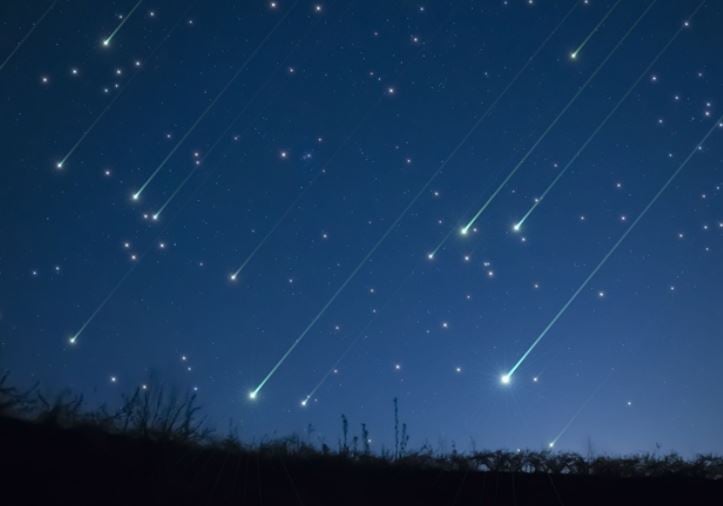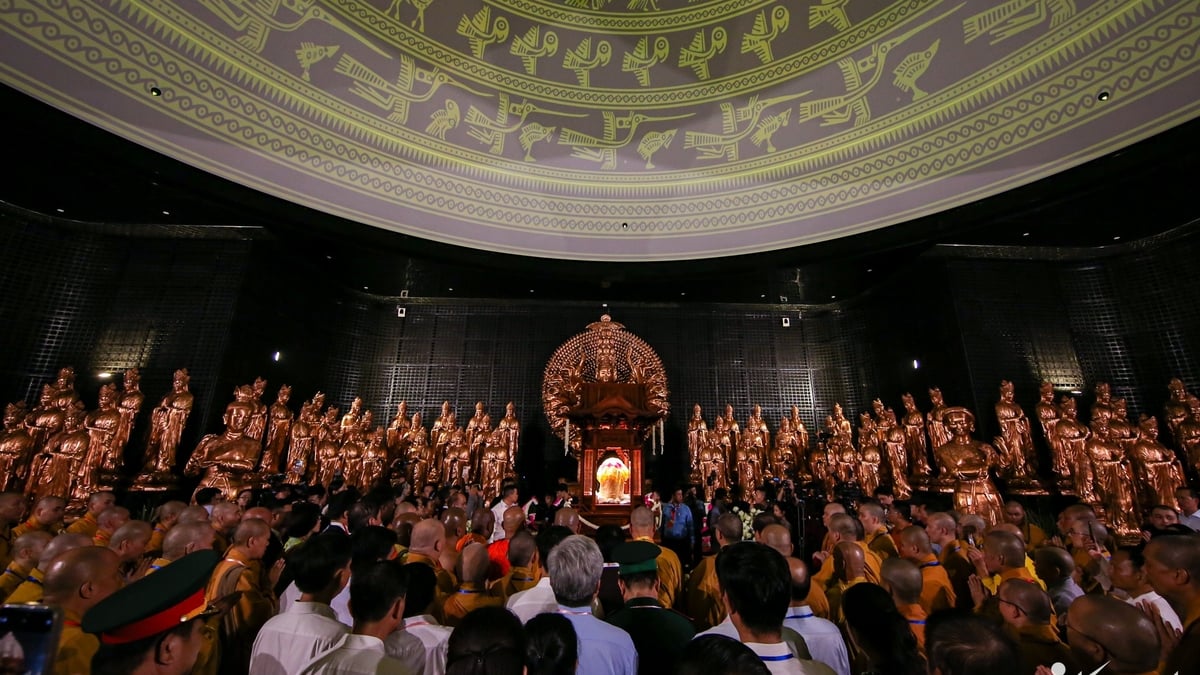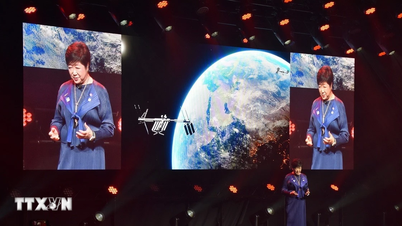Origin of meteors
Meteors are created from meteoroid debris, often left behind after a comet passes by the Sun. As the comet passes, the ice and dust on its surface evaporates, creating a cloud of debris that floats in space.
When the Earth moves into the right area of these debris fields – usually at the same time each year – the dust particles are sucked into Earth's atmosphere.

Illustration photo.
Spectacular luminous phenomenon
These pieces of dust or rock, though very small, when rushing into the atmosphere at speeds of up to 11–72 km/s, they collide strongly with the air, creating heat and burning brightly. That is the streak of light we call a meteor.
Most meteors burn up completely before hitting the ground. But if a piece is large enough and doesn't burn up completely, the remaining piece that falls to the ground is called a meteorite.
When can you see shooting stars?
Meteors can appear sporadically at any time, but the best times to see them are during the regular meteor showers. Some famous showers are the Perseids (August), Geminids (December), or Quadrantids (January).
These are times when the Earth passes through the dust cloud left behind by the comet, causing the number of meteors to skyrocket – possibly up to hundreds per hour.
Meteor: a cosmic wonder in the night sky
Though they are just tiny bits of space dust, meteors are still one of the most spectacular sights in the sky. Not only are they beautiful, they also hold valuable clues that help scientists understand the history of the Solar System and the universe.
Have you ever made a wish when you saw a shooting star? Perhaps the magic lies not only in the light, but also in the millions of years it has traveled to reach our night sky.
Source: https://doanhnghiepvn.vn/cong-nghe/sao-bang-hinh-thanh-nhu-the-nao/20250419020114735


![[Photo] General Secretary To Lam begins official visit to Russia and attends the 80th Anniversary of Victory over Fascism](https://vphoto.vietnam.vn/thumb/1200x675/vietnam/resource/IMAGE/2025/5/8/5d2566d7f67d4a1e9b88bc677831ec9d)


![[Photo] National Assembly Chairman Tran Thanh Man chairs the meeting of the Subcommittee on Documents of the First National Assembly Party Congress](https://vphoto.vietnam.vn/thumb/1200x675/vietnam/resource/IMAGE/2025/5/8/72b19a73d94a4affab411fd8c87f4f8d)
![[Photo] Prime Minister Pham Minh Chinh meets with the Policy Advisory Council on Private Economic Development](https://vphoto.vietnam.vn/thumb/1200x675/vietnam/resource/IMAGE/2025/5/8/387da60b85cc489ab2aed8442fc3b14a)
![[Photo] President Luong Cuong presents the decision to appoint Deputy Head of the Office of the President](https://vphoto.vietnam.vn/thumb/1200x675/vietnam/resource/IMAGE/2025/5/8/501f8ee192f3476ab9f7579c57b423ad)




















































































Comment (0)